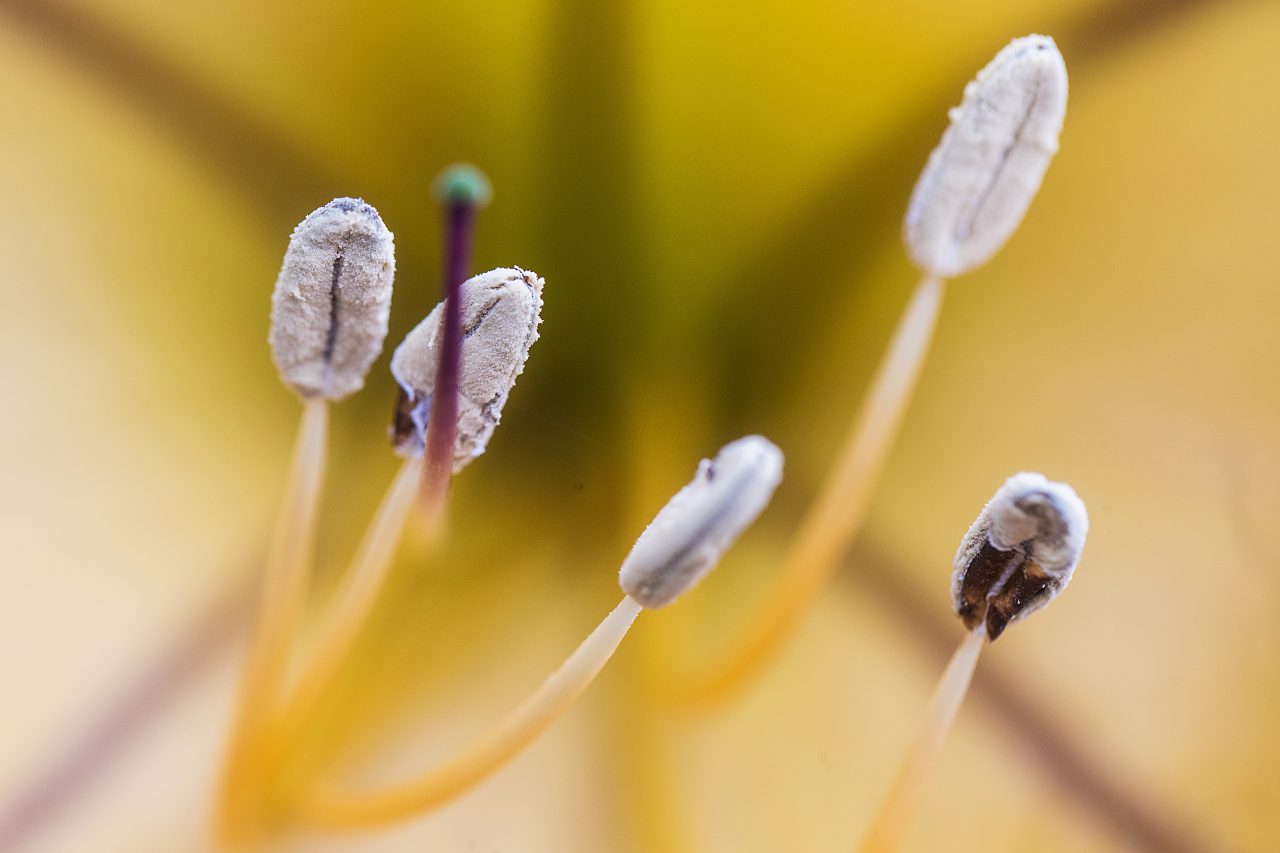Pollen is made up of tiny grains that contain sperm cells. They are produced by the male reproductive system of flowers and transport sperm cells to the female reproductive system to fertilize them. A single plant can produce thousands of pollen grains, which looks like yellow dust on flowers but cannot be seen when dispersed in the air.
Pollen should be distinguished from the seeds with hairs that some plants produce in spring. Some patients blame these fluffs for the allergy when in reality it is produced by pollen dispersed in the atmosphere.
People with pollen allergy perceive this substance as a harmful agent, which causes an immune system response. If the pollen comes into contact with the skin, eyes or respiratory system, the body defends itself by releasing a series of chemicals into the bloodstream, including histamine, responsible for sneezing, tearing and other common symptoms of Pollen allergy.
What are your causes?
The plant that causes most allergy to pollen in Spain and throughout Europe is the grass family. This is due to the great allergenicity of its pollens and its extensive plant distribution. Its pollination period is very wide since, within the great diversity of its species, each one has a different flowering period. Other pollens that cause allergy are the shade banana, the olive tree, the birch, the parietaria and the palm tree.
A curious data
Diesel emission particles produced by vehicles, heating and industrial emissions create a hostile environment to which plants react in a “defensive” manner. Pollens in contaminated areas generate new proteins called “stress proteins” that have a greater ability to stimulate people’s allergic response.
symptom
Pollen allergy can cause different symptoms. The most common are the following:
- Tearing, pruritus, eye redness and other conjunctivitis-related reactions.
- Allergic rhinitis (also known as hay fever) or inflammation of the nasal mucosa, which causes congestion and runny nose.
- Frequent sneezing.
- Swelling under the eyes.
- Fatigue and tiredness.
- Irritability.
- Headache.
- Difficulty falling asleep.
- Sadness and even depression.
- Migraines.
- Bronchial asthma related to allergen exposure.
What preventive measures should we take?
It is not possible to avoid allergy but measures can be taken to reduce contact with pollen and thus reduce its symptoms. Here are some recommendations:
- Avoid field trips and outdoor activities on days when the concentration of pollen in the air is high.
- Extreme hygiene of the hands and face, frequently refreshing the nose and eyes with water.
- Keep the windows of the house closed during the day and maintain a humid environment as possible. Five minutes isenoughtoventilate a room.
- Perform frequent household cleaning using vacuum cleaners instead of brooms or utensils that remove particles. To remove dust, it is recommended to use a wet cloth.
- Protect the eyes with sunglasses and cover the nose and mouth with a mask on high pollination days.
- Travel with the car windows up to avoid maximum contact with pollen.
- When you have been outdoors, it is advisable to shower and change your clothes when you get home.
- Use pollen filter in the car and air purifiers at home to reduce allergen exposure.
- Do not perform intense physical exercise during pollination to avoid asthma episodes.
- Do not mow or prune on days of intense pollination.
- Avoid laying clothes outdoors during the pollination season.
- When allergy symptoms appear, check with your doctor and avoid self-medication.
- It is advisable to make an appointment with the allergist and follow a comprehensive treatment focused on treating the cause of the allergy.
In Kalstein we offer sophisticated hematology analyzers that allow the quantification of blood cells involved in the development of allergic processes.

